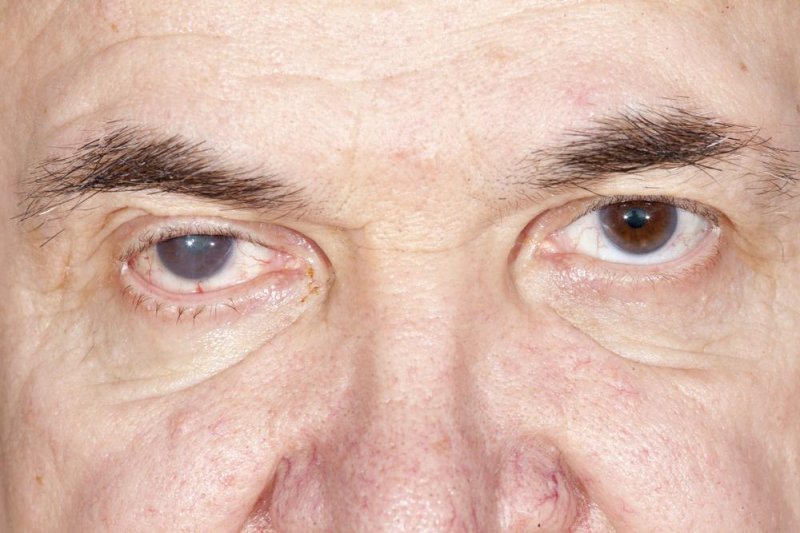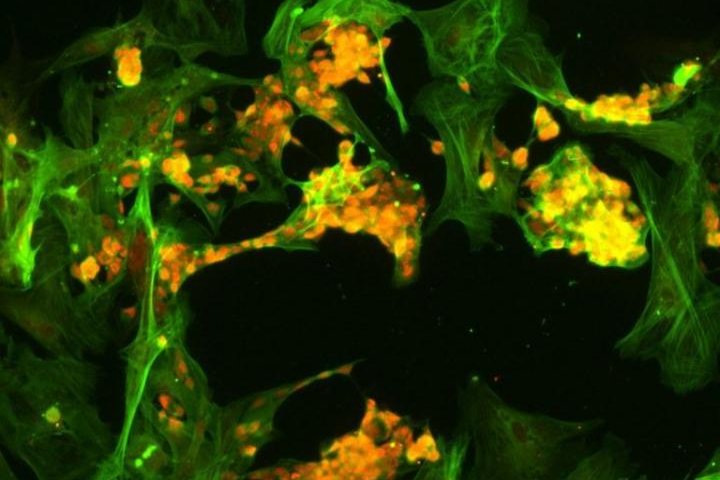Iridescence
Rookie
- Thread starter
- Banned
- #41
It goes a bit beyond the men.
Besides, whereas the eyesight may be corrected, the brain's perception may not be. And why do you have your messages turned off, sunniman?
And why do you have your messages turned off, sunniman? 
Besides, whereas the eyesight may be corrected, the brain's perception may not be.
 And why do you have your messages turned off, sunniman?
And why do you have your messages turned off, sunniman? 



